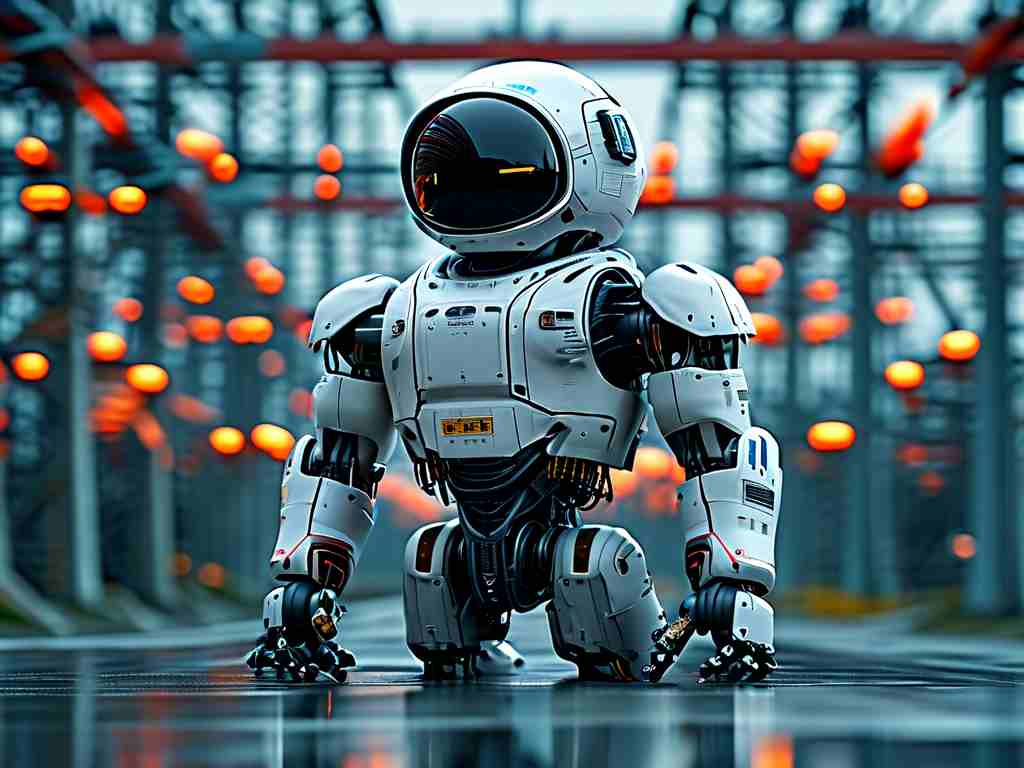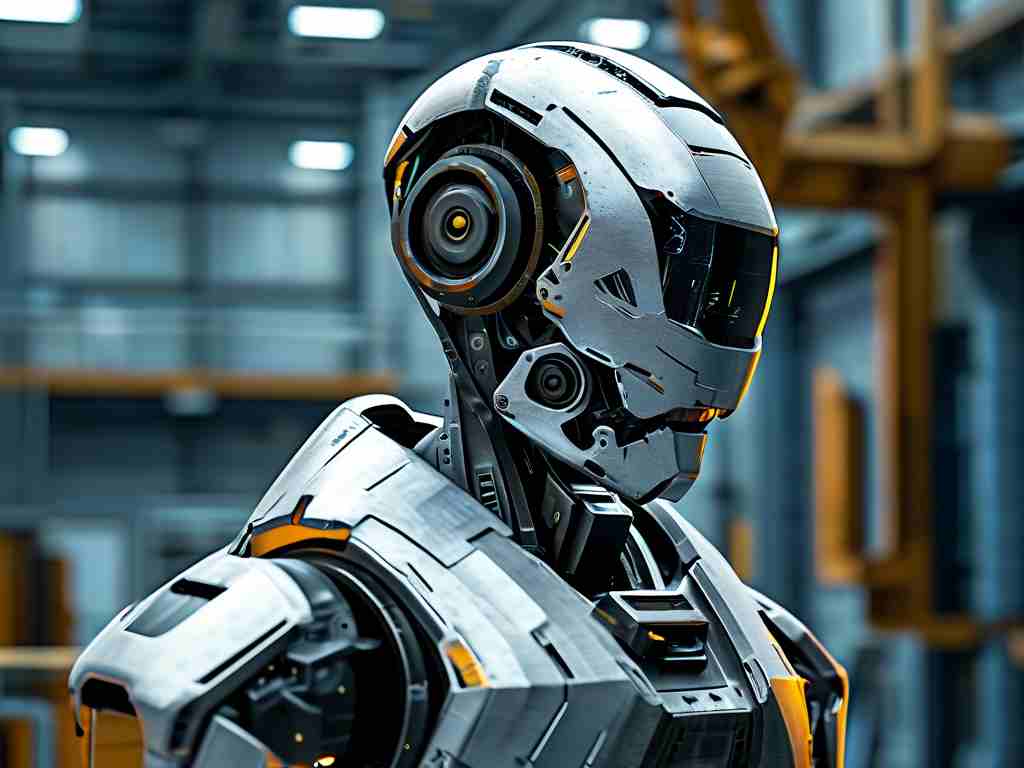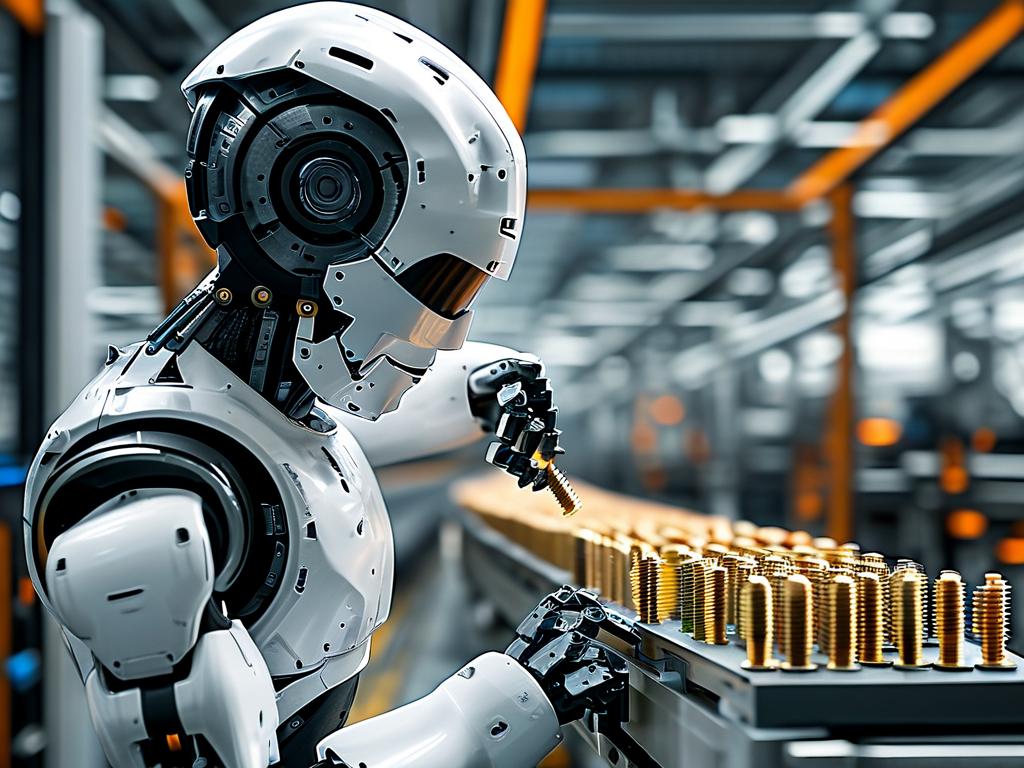Robotic engraving technology has revolutionized manufacturing and creative industries by combining precision engineering with advanced automation. At its core, this technology relies on programmable robotic systems equipped with specialized tools to carve, etch, or mill materials ranging from metals to polymers. Unlike traditional manual engraving, robotic systems achieve micron-level accuracy through synchronized motion control algorithms and real-time feedback mechanisms.

Technical Foundations
The operational principle of robotic engraving hinges on three key components: motion control systems, toolpath programming, and sensor-based adjustments. Modern robotic arms, typically powered by six-axis articulated designs, execute pre-programmed trajectories derived from CAD (Computer-Aided Design) models. These trajectories are converted into machine-readable G-code, which dictates parameters like spindle speed, feed rate, and depth of cut.
For intricate patterns, engineers employ adaptive path planning algorithms that dynamically adjust toolpaths based on material properties. For instance, when engraving curved surfaces on aerospace components, robots utilize 3D scanning data to modify cutting angles in real time. This minimizes tool wear and ensures consistent surface finish.
Sensor Integration
Embedded sensors play a critical role in maintaining precision. Force-torque sensors detect resistance variations during engraving, enabling automatic pressure adjustments. Vision systems, such as laser scanners or CCD cameras, map workpiece geometries to correct positional offsets caused by thermal expansion or material deformation. A case study from the automotive sector demonstrated that integrating infrared thermal sensors reduced engraving errors on aluminum alloys by 37% under fluctuating workshop temperatures.
Material Compatibility
Robotic engraving systems support diverse materials, each requiring tailored approaches. For metals like stainless steel, diamond-coated tools operating at 20,000 RPM ensure clean cuts without burrs. Conversely, engraving brittle materials such as glass demands ultrasonic vibration tools to prevent microfractures. Recent advancements include hybrid systems that switch between additive and subtractive modes—for example, 3D printing a polymer base before laser-engraving serial numbers.
Industry Applications
- Aerospace: Robotic engraving marks turbine blades with traceable QR codes for lifecycle monitoring.
- Medical Devices: Surgical instruments undergo nanoscale engraving to embed anti-counterfeiting holograms.
- Art and Design: Artists collaborate with programmers to create algorithm-driven sculptures, where robots translate fractal patterns into physical forms.
Challenges and Innovations
Despite its advantages, the technology faces hurdles like high initial costs and the need for skilled operators. To address this, startups are developing AI-powered engraving assistants that auto-generate toolpaths from sketches. Meanwhile, research institutions explore swarm robotics for large-scale projects—multiple robots collaboratively engraving a single structure, akin to how termites build mounds.
Future Outlook
The convergence of 5G connectivity and edge computing will enable decentralized engraving networks. Imagine a cloud-based platform where designers upload models, and geographically dispersed robotic cells execute orders autonomously. Additionally, breakthroughs in femtosecond laser technology promise sub-micron engraving resolutions, opening doors to quantum dot patterning for optoelectronic devices.
In summary, robotic engraving transcends conventional manufacturing by blending algorithmic precision with material science. As industries demand higher customization and smaller batch sizes, this technology will remain pivotal in bridging digital designs with tangible products.









